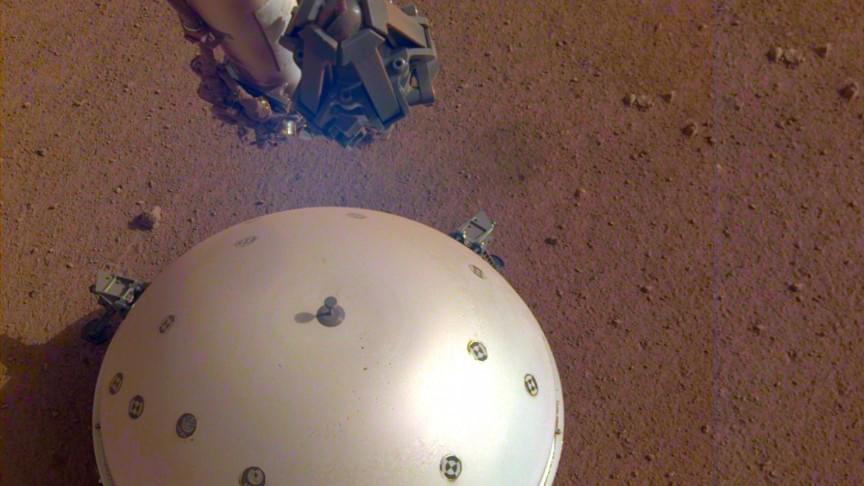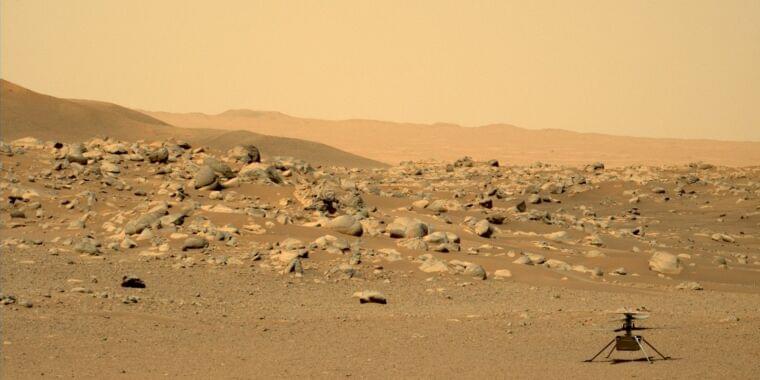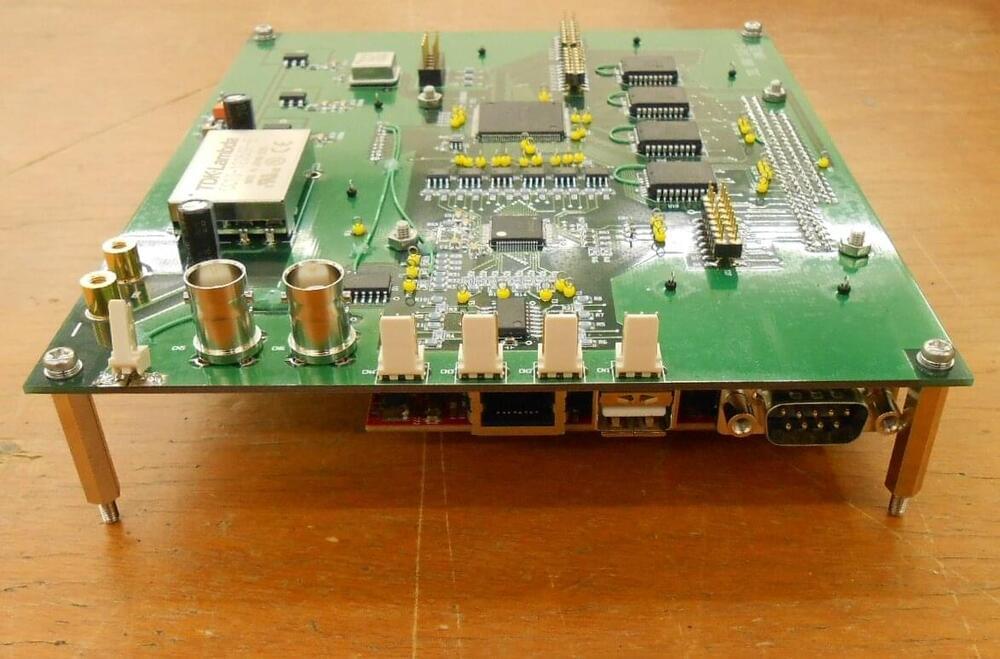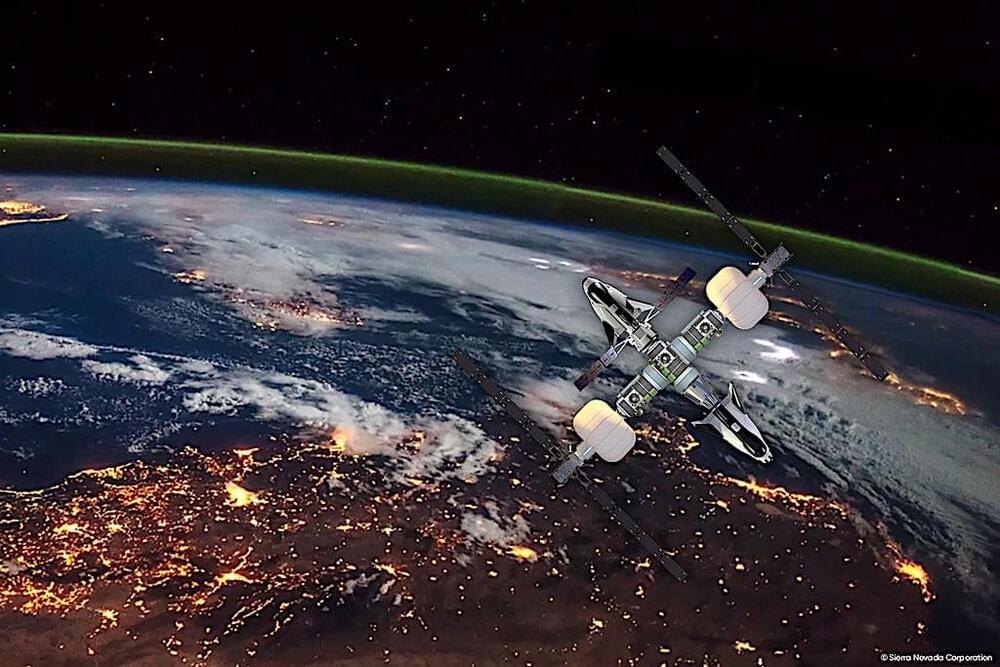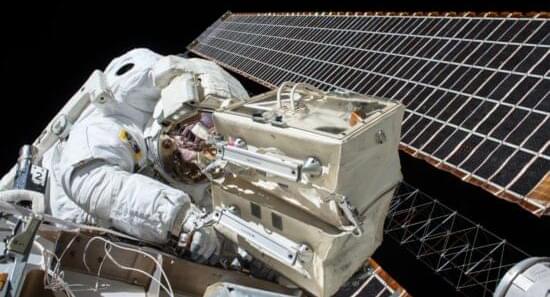Archive for the ‘space’ category: Page 396
May 10, 2022
Press Conference at ESO on new Milky Way results from the EHT team, followed by a public Q&A event
Posted by Alan Jurisson in category: space
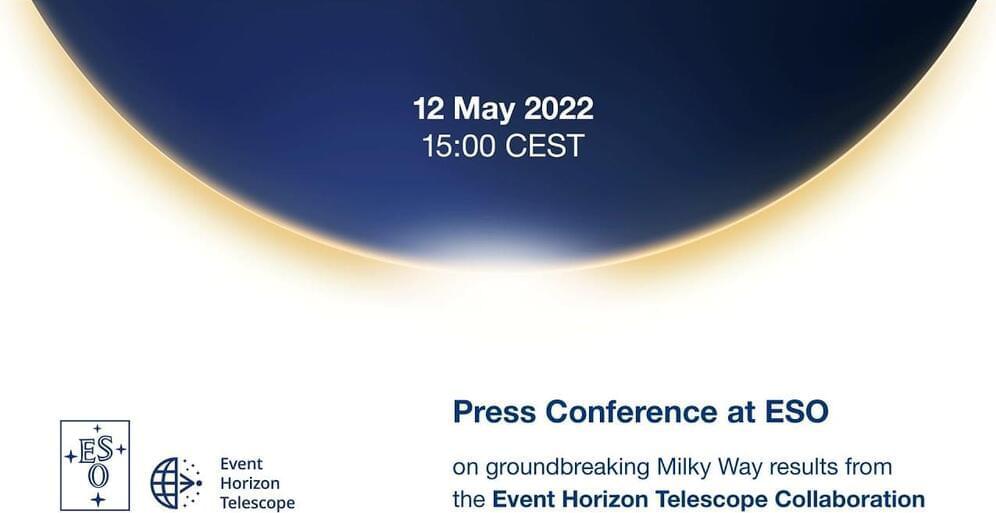
On 12 May at 15:00 CEST, the European Southern Observatory (ESO) and the Event Horizon Telescope (EHT) project will hold a press conference to present groundbreaking Milky Way results from the EHT.
The ESO Director General will deliver the opening words. EHT Project Director Huib Jan van Langevelde and EHT Collaboration Board Founding Chair Anton Zensus will also deliver remarks. A panel of EHT researchers will explain the result and answer questions from journalists.
May 10, 2022
After losing contact with its helicopter, NASA put the entire Mars mission on hold
Posted by Alberto Lao in category: space
Well, happily, Ingenuity did call home after about 24 hours. According to NASA, the link was stable, and the solar array managed to charge its batteries to 41 percent. The engineers say they hope to resume Ingenuity’s flight campaign within the next several days after bringing the helicopter’s batteries to a full charge.
Unfortunately, this may be the beginning of the end for a helicopter that has vastly exceeded all expectations. The NASA engineers have had to take some fairly drastic steps to preserve Ingenuity’s battery charge. For example, they have now commanded the helicopter’s heaters to come on only when the battery’s temperature falls to −40°, far colder than the previous point of 5° Fahrenheit. It is not known how many of the off-the-shelf components on the vehicle will fare without this additional heating during the cold Martian nights.
And Mars will only get colder and darker for the next 10 weeks as winter deepens.
May 9, 2022
A new method to synchronize devices on Earth makes use of cosmic rays
Posted by Brent Ellman in category: space
Various technologies, networks and institutions benefit from or require accurate time keeping to synchronize their activities. Current ways of synchronizing time have some drawbacks that a new proposed method seeks to address. The cosmic time synchronizer works by synchronizing devices around cosmic ray events detected by those devices. This could bring accurate timing abilities to remote sensing stations, or even underwater, places that other methods cannot serve. Early tests show promise, but the real challenge may lie in the adoption of this new technique.
Humanity is intimately connected with the idea of time. Historically, we used the cosmos itself—stars, the sun, and the moon—to measure time and coordinate our activities. It’s fitting, then, that researchers are looking out to the cosmos again to further develop our ability to keep time. Professor Hiroyuki Tanaka from Muographix at the University of Tokyo devised and tested a way to synchronize multiple devices, so they agree upon the time, that makes use of cosmic rays from deep space. Appropriately, it’s called cosmic time synchronization (CTS).
“It’s relatively easy to keep time accurately these days. For example, atomic clocks have been doing this for decades now,” said Tanaka. “However, these are large and expensive devices that are very easy to disrupt. This is one reason I have been working on an improved way to keep time. The other is that, related to time measurement, position measurement could also be made better. So really, CTS is a precursor to a potential replacement for GPS, but that’s still a little further down the line.”
May 9, 2022
JPL & the Space Age: To the Rescue
Posted by Alan Jurisson in categories: education, space
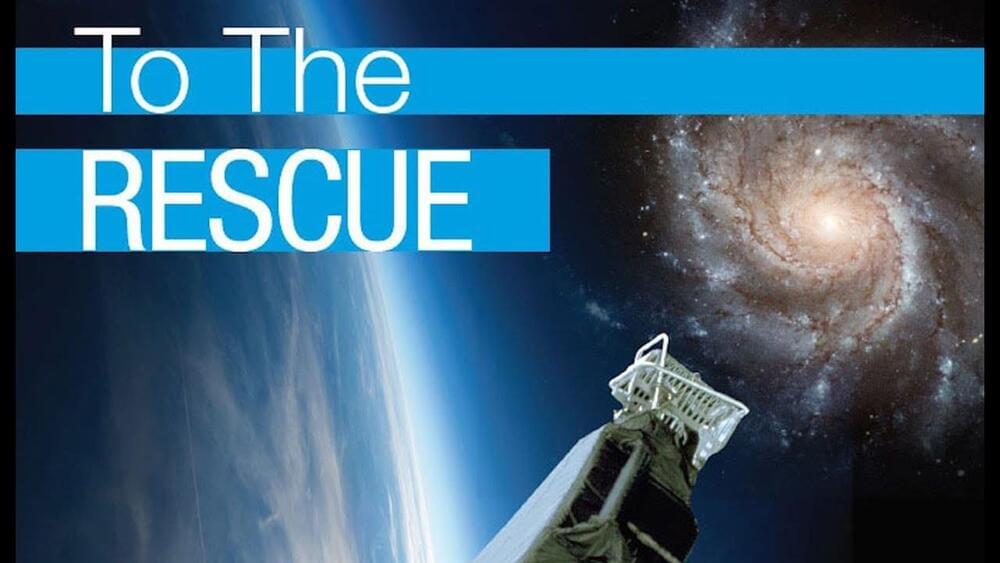
JPL & the Space Age: To the Rescue.
In 1990, Hubble meant trouble. The highly touted space telescope was designed to escape Earth’s blurry atmosphere to capture unparalleled visual images of the universe, but its creators were shocked to discover that a minuscule flaw rendered it nearsighted.
May 8, 2022
30 years after Intelsat VI rescue, Northrop Grumman aims to make in-space servicing a permanent reality
Posted by Alberto Lao in categories: robotics/AI, space
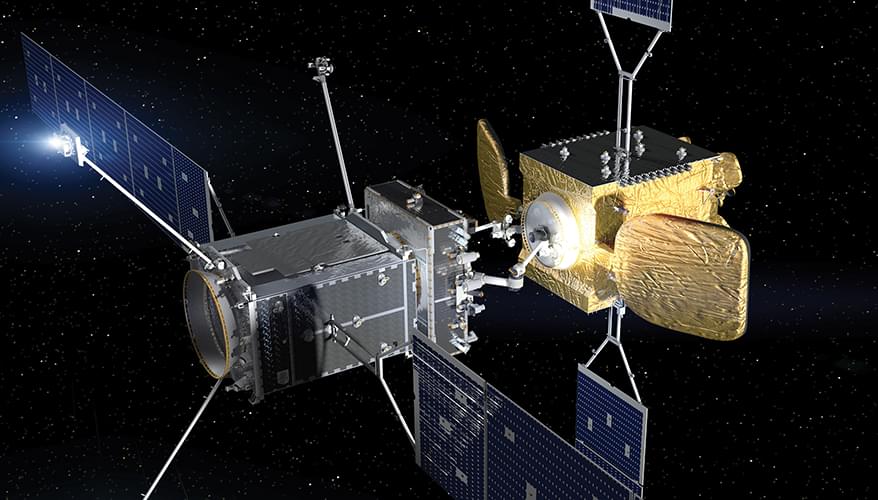
On 7 May 1992, Space Shuttle Endeavour lifted off on her first voyage at 23:40 UTC from Pad-B at the Kennedy Space Center in Florida. Her target: Intelsat VI F-3 (now known as Intelsat 603). The goal: rendezvous with, repair, and re-release the satellite.
In the now-30 years since that mission, on-orbit satellite repair and servicing have largely languished — save for the five Hubble servicing missions Endeavour and the Shuttle fleet would conduct after STS-49.
May 7, 2022
LIFE Will Soon Expand to Space, And Possibly Even to Mars
Posted by Jose Ruben Rodriguez Fuentes in category: space
With the International Space Station (ISS) on its way out the door, governments and companies are racing to come up with solutions that could keep humans up in space even after 2031. By the looks of it, human presence up there will not only continue, but also expand, courtesy of the countless space companies developing their own space stations.
May 7, 2022
Earth’s inner core is a strange mess of superionic fluids
Posted by Atanas Atanasov in category: space
Take a tour of Earth’s inner core.
The deepest depths of Earth could reveal what makes our planet behave the way it does — and give us lessons beyond our Solar System.
May 7, 2022
In Fake Universes, Evidence for String Theory
Posted by Quinn Sena in categories: mathematics, quantum physics, space
Circa 2015 o.o!
The publication of Green and Schwarz’s paper “was 30 years ago this month,” the string theorist and popular-science author Brian Greene wrote in Smithsonian Magazine in January, “making the moment ripe for taking stock: Is string theory revealing reality’s deep laws? Or, as some detractors have claimed, is it a mathematical mirage that has sidetracked a generation of physicists?” Greene had no answer, expressing doubt that string theory will “confront data” in his lifetime.
Recently, however, some string theorists have started developing a new tactic that gives them hope of someday answering these questions. Lacking traditional tests, they are seeking validation of string theory by a different route. Using a strange mathematical dictionary that translates between laws of gravity and those of quantum mechanics, the researchers have identified properties called “consistency conditions” that they say any theory combining quantum mechanics and gravity must meet. And in certain highly simplified imaginary worlds, they claim to have found evidence that the only consistent theories of “quantum gravity” involve strings.
Continue reading “In Fake Universes, Evidence for String Theory” »
May 7, 2022
Jeff Bezos Wants Manufacturing to Move Off Planet and NASA is Exploring the Possibilities
Posted by Len Rosen in category: space
Dan BreedenHe shall lead us to a brave new world.
1 Reply.
Len Rosen shared a link.
